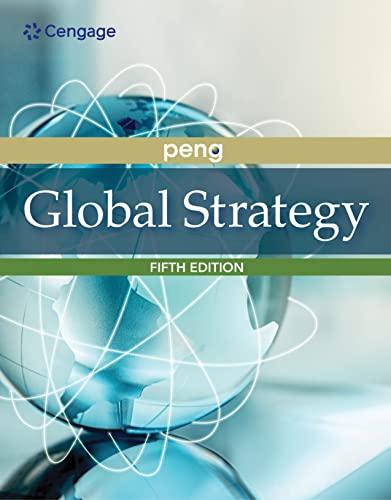Skyscrapers continue to rise in the skylines of most major US cities. Many of these same cities
Question:
The work of Ronald Coase suggests that the market can correct for externalities and produce efficient outcomes if (1) the government clearly defines private property rights, and (2) transaction costs are low. Given these conditions, the Coase Theorem implies that private parties can correct--through bargaining--externalities that appear insoluble at first glance. An excellent example of this concept at work is airspace rights--the right to occupy a certain amount of air space with a structure, usually in a metropolitan area.
Recognizing how skyscrapers affect the amount of sunshine and air flow at street level, New York took steps to control the construction of skyscrapers early in the 20th century. Early rules divided the city into height districts, and regulations determined a maximum three-dimensional limit for each site as a way to protect the light and ventilation of adjacent plots. The rules evolved over time, culminating with the establishment of property rights in the 1980s. The rights entitle each land owner to a certain amount of air space on a particular site. If an existing building occupies less than the allowed space, the building's owner can sell unused air space rights to someone wishing to build higher on adjacent plots of land. The rights are known as Transfer of Development Rights (TDRs).
The rights allow developers to build new, taller buildings in locations that are underutilized in terms of the allowable building height. In order to build higher than a given site allows, the developer must obtain rights to additional air space from adjacent properties that have air space rights to spare. The more rights a developer purchases, the higher the building can be. Yet, when developers use up all of the air rights in a given location, further skyscraper construction comes to a halt. The air space rights effectively limit the amount of vertical development in the city.
Consider the Trump Tower. In order to build the tower, Donald Trump obtained air space rights from buildings surrounding the tower site, including rights held by Tiffany's. Developers with Trump-like skyscraper ambitions must enter the market for air space rights. As can be seen in the accompanying article from the front page of a recent New York Times, skyscraper development is pushing the market price for air space rights to new heights.
1. Anyone can purchase TDRs. What steps could a person (or a group) who is concerned about the proliferation of New York skyscrapers take to moderate the development of the skyline? How would such groups affect the market for air space rights?
2. Are there natural limits on the number of buildings that can be built or the height of those buildings? How would the market for air rights affect this?
Fantastic news! We've Found the answer you've been seeking!
Step by Step Answer:
Related Book For 

Question Posted:






